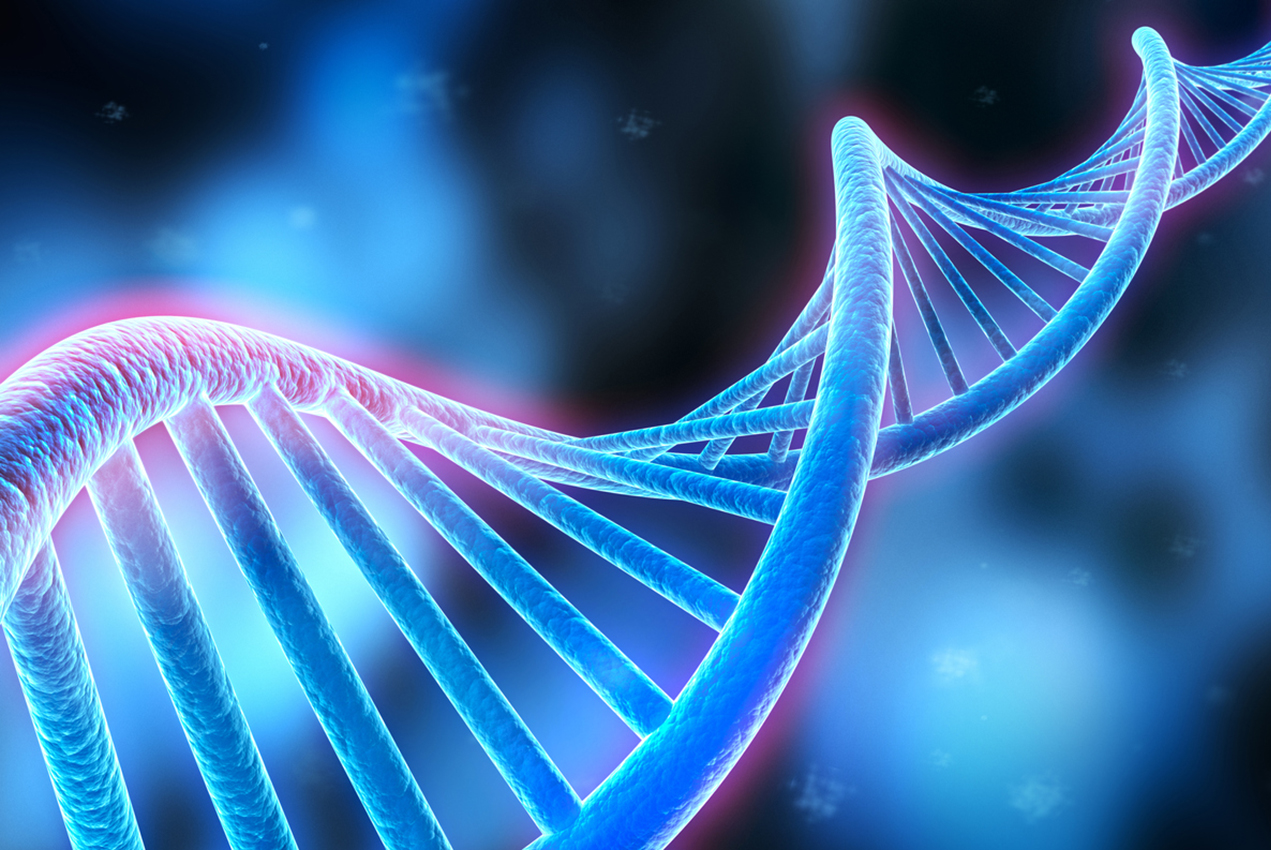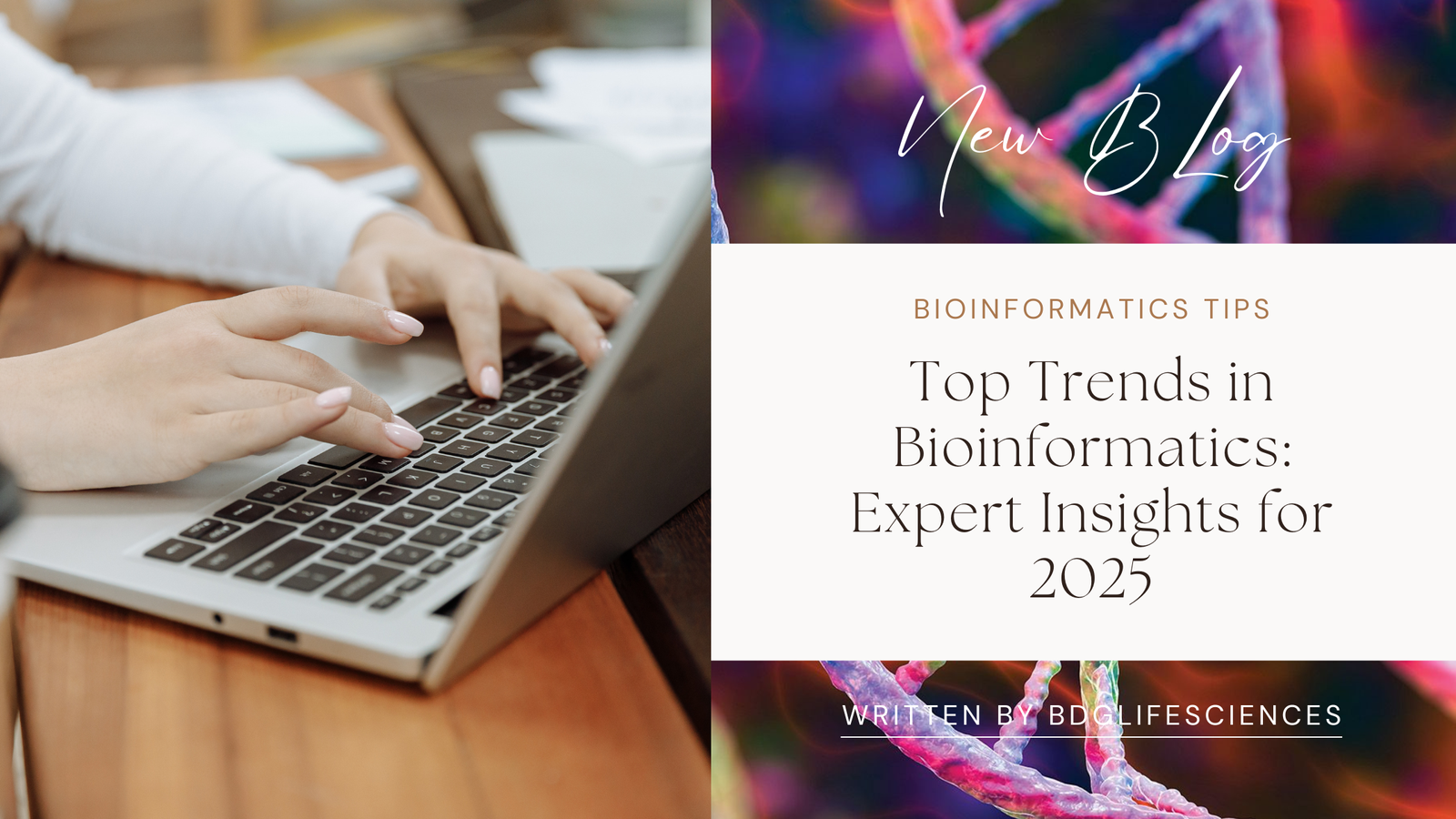The field of bioinformatics is witnessing rapid advancements due to technological innovations, the growing availability of biological data, and the increasing demand for personalized healthcare solutions. Industry experts have identified several key trends that are shaping the future of bioinformatics and transforming research and healthcare outcomes.
1.Understanding Bioinformatics
Bioinformatics is an interdisciplinary field that combines biology, computer science, and statistics to analyze and interpret biological data. It focuses on managing and studying large datasets, such as DNA sequences, protein structures, and gene expression profiles. Common applications include genome sequencing, evolutionary studies, drug discovery, and personalized medicine. Bioinformatics enables researchers to make sense of complex biological processes using computational tools and algorithms.
2.Artificial Intelligence and Machine Learning
AI and ML in Bioinformatics play a crucial role in analyzing and interpreting complex biological data. Here’s a brief overview of their contributions:
1. Genome Analysis
- AI models help identify genes, regulatory elements, and mutations in genome sequences.
2. Protein Structure Prediction
- AI-powered tools, such as AlphaFold, have revolutionized the prediction of 3D protein structures from amino acid sequences, aiding drug design and functional studies.
3. Gene Expression Analysis
- ML algorithms identify patterns in gene expression data, helping to detect disease-related biomarkers and regulatory networks.
4. Drug Discovery and Repurposing
- AI models predict drug-target interactions, accelerating the identification of new drugs and repurposing existing ones.
5. Medical Genomics and Personalized Medicine
- AI and ML enable the integration of genomic data with clinical data, supporting precision medicine by predicting individual responses to treatments.
6. Evolutionary and Phylogenetic Studies
- ML models analyze large-scale evolutionary data, helping to infer phylogenetic relationships and evolutionary trends.
7. Image Analysis
- AI techniques are used to analyze biological images, such as histopathological slides, for detecting diseases like cancer.
8. Systems Biology
- AI and ML help model complex biological systems, such as metabolic and signaling pathways, to understand cellular functions and interactions.
Key Benefits:
- Efficiency: Automates labor-intensive tasks, speeding up research.
- Accuracy: Reduces errors in biological data analysis.
- Scalability: Handles large-scale datasets generated by modern high-throughput technologies.
3.Next-Generation Sequencing (NGS)
Next-Generation Sequencing (NGS) in Bioinformatics refers to high-throughput sequencing technologies that generate massive amounts of DNA or RNA sequence data. NGS enables researchers to study genomes, transcriptomes, and epigenomes at an unprecedented scale and speed.
Role of NGS in Bioinformatics
- Genome Assembly
- Reconstructs whole genomes from sequencing reads, enabling the study of new or complex organisms.
- Variant Detection
- Identifies genetic variations, such as SNPs, insertions, deletions, and structural variants, crucial for disease research and personalized medicine.
- Transcriptomics
- Quantifies RNA expression levels (RNA-Seq) to understand gene activity, alternative splicing, and non-coding RNA functions.
- Epigenomics
- Studies DNA methylation and chromatin modifications using specialized NGS-based assays like ChIP-Seq and bisulfite sequencing.
- Metagenomics
- Analyzes microbial communities by sequencing mixed samples from environments, such as soil or human gut.
- Single-Cell Sequencing
- Profiles gene expression and genome variation at the single-cell level, enabling insights into cellular heterogeneity in tissues.
Key Benefits
- High accuracy and resolution for detecting genetic and regulatory elements.
- Scalability for large-scale studies, such as population genomics or cancer genomics.
- Cost-effectiveness compared to traditional Sanger sequencing for large datasets.
4.Precision Medicine
Bioinformatics plays a key role in precision medicine by enabling personalized treatments based on genetic and molecular profiles.
- Genomic Analysis: Identifies genetic variants linked to diseases and drug responses.
- Biomarker Discovery: Finds genetic and molecular markers for diagnosis and targeted therapies.
- Pharmacogenomics: Predicts individual drug responses to optimize treatment and dosage.
- Cancer Therapy: Guides personalized cancer treatments by analyzing tumor mutations.
- Clinical Decision Support: Develops AI-driven tools to aid clinicians in treatment decisions.
- Multi-Omics Integration: Combines genomic, transcriptomic, and proteomic data for comprehensive insights.
- Risk Prediction: Uses genetic data to predict disease risk and support preventive care.
5.Integration of Omics Data
Integration of Omics Data in Bioinformatics involves combining data from various omics fields—such as genomics, transcriptomics, proteomics, metabolomics, and epigenomics—to gain a comprehensive understanding of biological systems and disease mechanisms.
Key Roles
- Holistic Insights: Provides a multi-dimensional view of cellular processes by linking genetic information with gene expression, protein activity, and metabolic pathways.
- Biomarker Discovery: Identifies complex biomarker signatures by integrating data across different omics layers.
- Disease Mechanisms: Helps uncover detailed mechanisms underlying diseases by connecting molecular changes across omics levels.
- Personalized Medicine: Facilitates more accurate disease diagnosis, prognosis, and therapy selection by considering multiple omics factors.
6.Ethical Considerations
Ethical Considerations in Bioinformatics involve addressing privacy, data sharing, consent, and fairness when handling sensitive biological data, especially genetic information.
Role of Ethical Considerations
- Data Privacy: Ensures protection of personal genetic information to prevent misuse.
- Informed Consent: Requires clear consent from individuals before collecting or using their biological data.
- Data Sharing: Promotes responsible data sharing while safeguarding participants’ identities.
- Equity: Prevents biases in research and ensures that benefits of bioinformatics advancements are accessible to all populations.
Regulatory Compliance: Ensures adherence to ethical guidelines and legal frameworks like GDPR and HIPAA.


